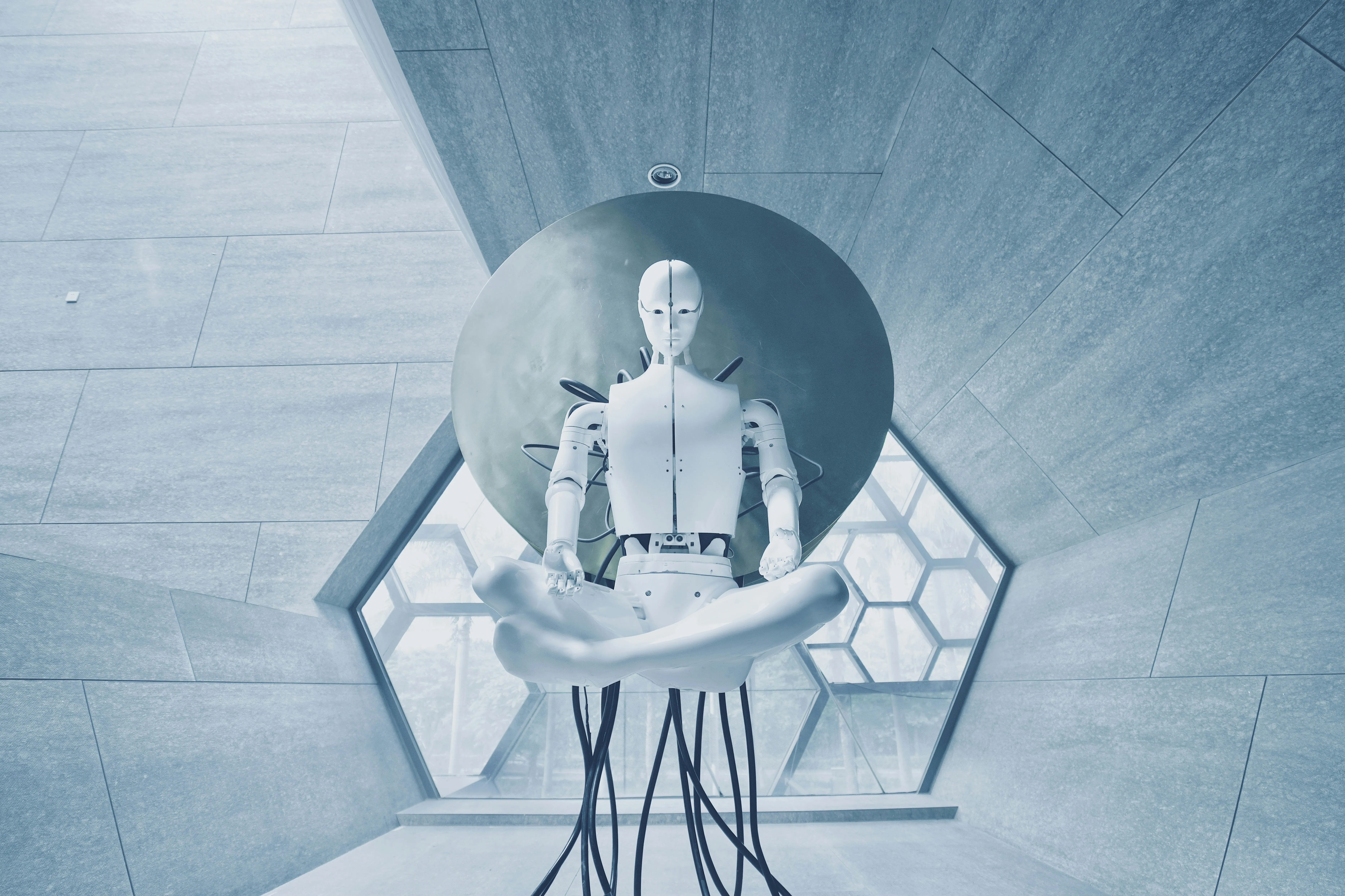AI in Cybersecurity: Transforming Threat Detection and Response
Cybersecurity is no longer just about firewalls and antivirus software. The landscape has shifted dramatically, with attackers becoming more creative, well-funded, and persistent. Organizations now face a flood of alerts, growing skills shortages, and threats that evolve faster than human analysts can respond. In this environment, Artificial Intelligence (AI) is proving to be a game-changer—augmenting security teams and helping them stay ahead of adversaries.
Why Traditional Defenses Are Struggling
A decade ago, most companies could rely on signature-based tools to catch viruses or filter out spam. Today, the picture is far more complex. Attackers use zero-day vulnerabilities, run long-term stealth campaigns (APTs), and even weaponize AI themselves to adapt in real time.
At the same time, large enterprises generate millions of alerts each day. Even with skilled analysts, no human team can realistically investigate every signal. The result is delayed detection, alert fatigue, and too often, a successful breach. AI is stepping in to help fill this gap.
How AI Detects Threats Differently
AI doesn’t just look for known malicious patterns—it learns what “normal” looks like, then identifies when something doesn’t fit. Machine learning models can flag phishing attempts that bypass traditional filters, while behavioral analytics spot compromised accounts by analyzing deviations in user activity.
For example, User and Entity Behavior Analytics (UEBA) systems establish baselines for how employees typically access systems. If an account suddenly logs in from a new country at 3 a.m. and downloads gigabytes of sensitive data, AI can raise an alarm within seconds. Similarly, AI-driven network analysis helps detect subtle anomalies in traffic that might signal lateral movement or data exfiltration.
This ability to spot the unusual—not just the known—gives AI a decisive edge in modern defense.
From Detection to Response
The real power of AI is not only in detection but also in accelerating the response cycle. Modern AI-powered tools can automatically prioritize alerts, filtering out false positives and ensuring analysts focus on the incidents that matter most.
In some cases, AI goes a step further by triggering automated containment actions. A compromised account may be suspended, an infected device quarantined, or suspicious network traffic blocked—often before human analysts even begin their investigation. This shift reduces response times from days to minutes.
Predicting Instead of Reacting
Beyond reacting to today’s threats, AI also enables security teams to look ahead. By analyzing historical data, vulnerabilities, and global threat intelligence, AI can forecast which weaknesses are most likely to be exploited. This helps organizations prioritize patches and proactively strengthen defenses.
Some tools even support proactive threat hunting, where AI suggests hypotheses and correlates weak signals across massive datasets. Instead of waiting for an attack to trigger an alert, analysts can actively search for hidden intrusions guided by AI insights.
Real-World Impact
AI is already embedded in many tools security teams rely on daily. Next-generation SIEM platforms use AI to reduce noise and accelerate investigations. Endpoint Detection and Response (EDR/XDR) solutions leverage machine learning to uncover malware that evades traditional antivirus. SOAR platforms orchestrate and automate playbooks, letting AI recommend and even execute response actions.
These innovations don’t just improve security—they also free up analysts to focus on higher-level tasks like strategy, advanced threat hunting, and improving defenses.
The Challenges Ahead
Of course, AI is not a silver bullet. Its effectiveness depends on the quality of training data, and poor datasets can lead to bias or missed detections. Attackers are also learning how to exploit AI, creating adversarial inputs designed to confuse models. Integration with legacy infrastructure remains a challenge, and security teams must balance automation with human oversight to maintain trust.
The key is to view AI as an assistant, not a replacement. Human judgment, intuition, and creativity remain irreplaceable.
Conclusion
AI is transforming cybersecurity by enabling faster detection, smarter responses, and even predictive defense strategies. Organizations that embrace these capabilities can move from firefighting mode to a more proactive stance, improving resilience against today’s sophisticated attacks.
But the future of cybersecurity will not be AI alone—it will be humans and AI working together. Machines bring scale, speed, and precision, while people bring judgment and context. In a world where threats evolve daily, this partnership is the strongest defense we have.
